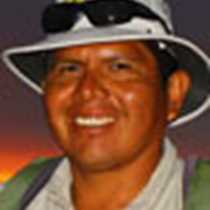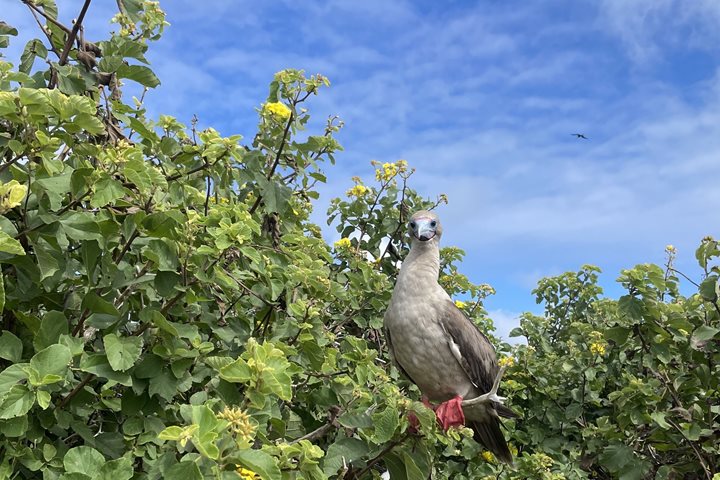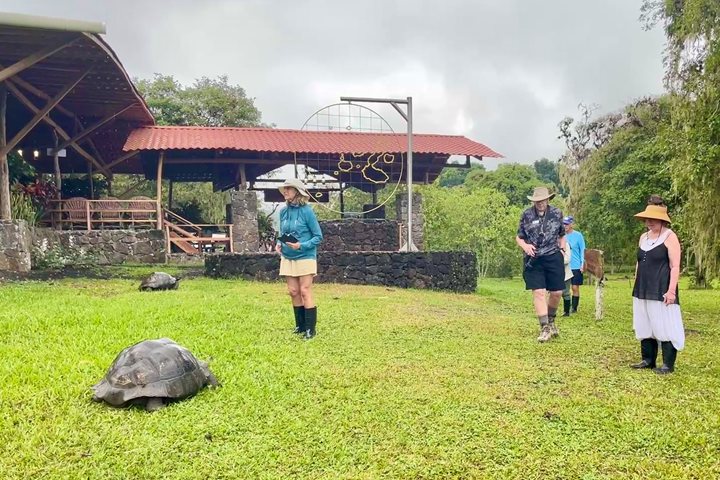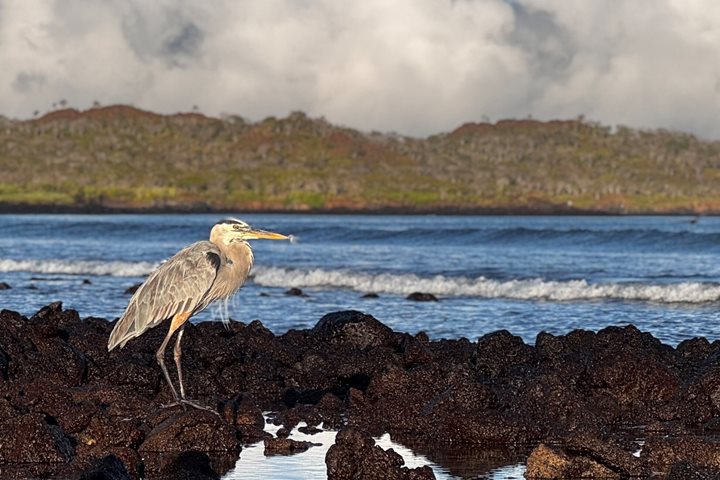Espanola is one of the oldest islands in the Galapagos Archipelago, with an estimated age of 3.5 million years. This island has two wonderful visitors’ sites with a great variety of species, some of which are endemic to the entire archipelago such as marine iguanas, sea lions, Darwin finches, Galapagos hawks. Española also has several of its own species, including lava lizards, Española mockingbirds, a saddleback land tortoise species, and the waved albatross. The albatross is not on the island all year around, but the entire population reproduces on Española. A long list of native sea birds are frequently encountered such as boobies, pelicans, warblers, and frigates. Espanola is only 60 square kilometers, and it is located on the most southern part of the Galapagos. It is without a doubt one of my favorite Islands, and certainly a highlight for our guests!
5/29/2025
Read
National Geographic Gemini
Genovesa Island
Genovesa is considered one of the Galapagos crown jewels, and today it was showing off all of its splendor. Immediately after breakfast we put on our sturdy shoes and set out to explore Prince Philip’s Steps. This area is known for opportunities to observe not only large colonies of nesting Nazca and red-footed boobies, but maybe, just maybe, the short-eared owl which exhibits diurnal behavior on this island. After this walk we got ready for a dip in the Pacific Ocean and snorkeling along the inner coast of this caldera. The afternoon was equally amazing as we disembarked to explore Darwin Bay, along a short and easy trail that was packed with wildlife. Here we observed not only nesting frigatebirds, red-footed boobies, and Nazca boobies, but also a few yellow-crowned night herons. It was another incredible afternoon in the Galapagos Islands.







